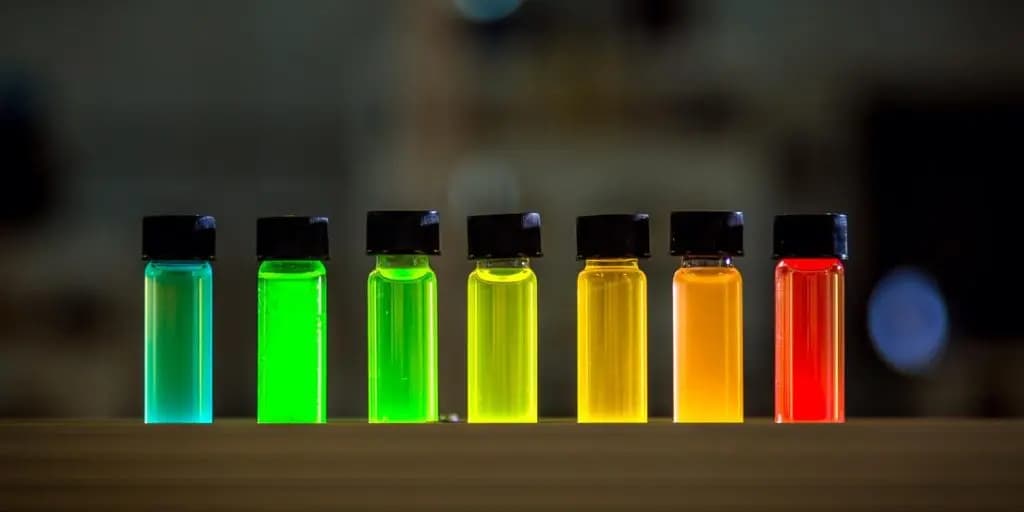As the world increasingly relies on electronic devices powered by the movement of electrons, a new class of materials is emerging with the potential to revolutionize green energy technologies: proton conductors. These materials, capable of efficiently channeling protons – the nucleus of hydrogen atoms – could hold the key to combating global climate change.
Currently, most proton-conducting inorganic materials require high temperatures to achieve optimal conductivity, limiting their practicality. However, researchers at MIT have made significant strides in identifying materials that could function efficiently at lower temperatures. This breakthrough could pave the way for a range of advancements, including more efficient fuel cells for clean electricity generation from hydrogen, electrolyzers for producing clean hydrogen fuel, solid-state proton batteries, and even novel computing devices based on iono-electronic effects.
The MIT team, led by Professors Bilge Yildiz and Ju Li, delved into the atomic mechanisms behind proton conduction. Their findings, published in the journal Energy and Environmental Sciences, highlight specific material characteristics that facilitate rapid proton movement. By quantifying these traits, they pinpointed six promising candidates predicted to outperform existing materials.
Proton conductors are crucial for clean energy conversion applications like fuel cells, where hydrogen is used to generate carbon dioxide-free electricity,
explains Professor Yildiz. “Efficient proton transport within these devices is paramount for maximizing their effectiveness.”
Current hydrogen production methods, such as steam methane reforming, release significant amounts of carbon dioxide. Electrochemical hydrogen production from water vapor offers a cleaner alternative, but it hinges on the development of highly efficient proton conductors. These materials are also essential for the electrochemical production of other vital industrial chemicals and potential fuels, including ammonia.
The challenge lies in finding materials that operate efficiently at lower temperatures. Most inorganic proton conductors require temperatures between 200 to 600 degrees Celsius, posing challenges in terms of energy consumption and material durability. “High temperatures introduce complexities and raise concerns about material longevity,” notes Professor Yildiz. While polymeric materials can conduct protons at room temperature, their limitations in scalability hinder their application in computing devices.
To address this, the MIT team focused on understanding the intricacies of proton conduction in a class of inorganic materials known as solid acids. They discovered that proton conduction involves a two-step process: a proton “hopping” from a donor oxygen atom to an acceptor oxygen atom, followed by a reorganization of the surrounding atomic structure to facilitate further proton transfer.
Through computer simulations, the researchers identified a crucial factor influencing proton conduction in solid acids: the flexibility of a substructure called the polyanion group sublattice. This flexibility, driven by specific atomic vibrations called phonons, enables the material to efficiently move protons. Armed with this knowledge, the team searched extensive databases of potential compounds, ultimately identifying six promising candidates with the ideal lattice flexibility for superior proton conduction.
While experimental validation is still pending, simulations suggest these materials could significantly outperform existing solid acid proton conductors. “There are inherent uncertainties in simulations,” cautions Professor Yildiz, “but these findings are highly promising and could motivate further experimental research to synthesize and test these compounds.”
The translation of these theoretical breakthroughs into practical applications, such as electrochemical cells for fuel and chemical production, may take several years. However, this research signifies a crucial step towards unlocking the potential of proton conductors in building a greener and more sustainable future.
This research was supported by the U.S. Department of Energy, the Wallenberg Foundation, and the U.S. National Science Foundation.
The link to the original research story can be accessed here.













Responses (0 )